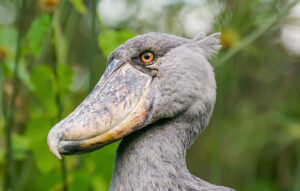Heritage
Guide to Mount Oldoinyo Lengai in East Africa
Mount Oldoinyo Lengai is famously known as the difficult mountain to hike in East Africa this active volcano mountain lies in the Arusha situated in the northern part of Tanzania and almost (9.9mi) south of Lake Natron and it sits next to the escarpment...
3
min.
Conservation
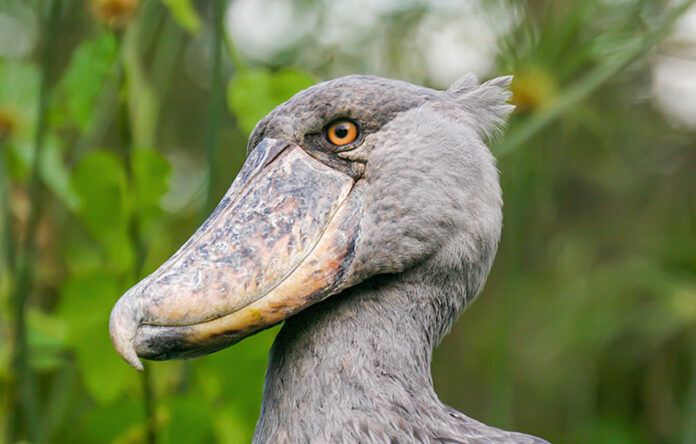
Top 10 Most Amazing Birds to See in Africa
1. The Secretary Bird The Secretary Bird The Secretary Bird is instantly recognizable as having an eagle-like body with a hooked bill, but has...
2
minutes
Enokishu Conservancy
Enokishu conservancy is a situated within the Masai Mara eco –system. It is located on the northern tip of Masai Mara National reserve. On...
0
minutes
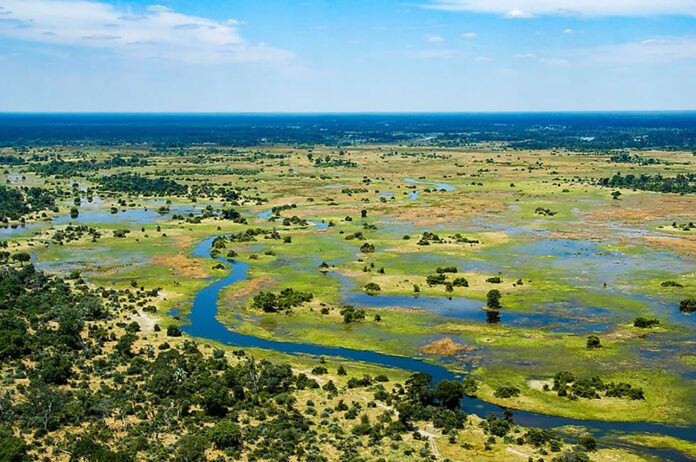
Okavango Delta Africa’s Natural Wonder
Many of the river deltas in the world flow into the ocean or sea, but one of the delta in Okavango River in Botswana...
1
minute
Guide to Mount Oldoinyo Lengai in East Africa
Mount Oldoinyo Lengai is famously known as the difficult mountain to hike in East Africa this active volcano mountain lies in the Arusha situated...
3
minutes
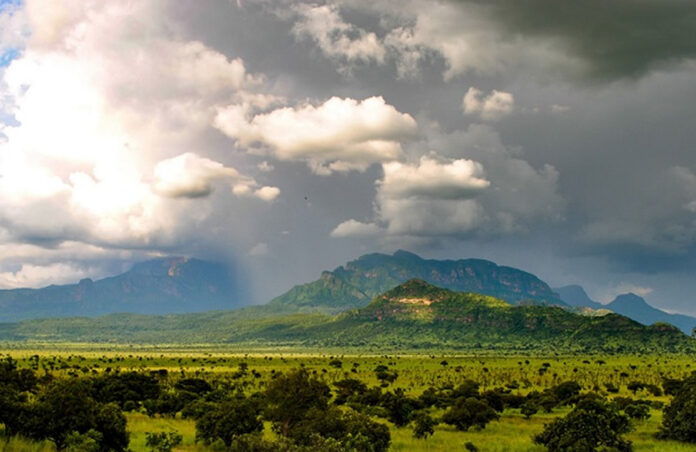
4 Beautiful But Hidden National Parks in Uganda
Uganda has ten national parks in the different regions. All the parks have the unique features that you cannot find in the other. Though...
4
minutes
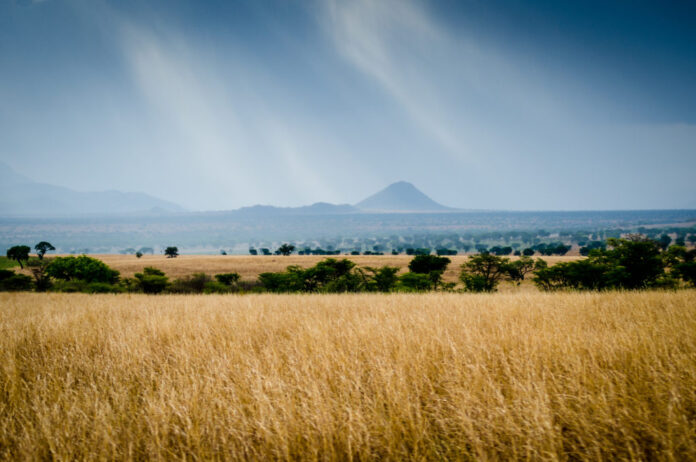
7 Less Known National Parks to Visit in Africa
Travelers who have visited Africa already know some of the famous destinations. It is true many love places like Maasai-Mara, Serengeti, and Kruger due...
9
minutes
Climate

Top 10 Most Amazing Birds to See in Africa
1. The Secretary Bird The Secretary Bird The Secretary Bird is instantly recognizable as having an eagle-like body with a hooked bill, but has...
2
minutes
Enokishu Conservancy
Enokishu conservancy is a situated within the Masai Mara eco –system. It is located on the northern tip of Masai Mara National reserve. On...
0
minutes

Okavango Delta Africa’s Natural Wonder
Many of the river deltas in the world flow into the ocean or sea, but one of the delta in Okavango River in Botswana...
1
minute
Guide to Mount Oldoinyo Lengai in East Africa
Mount Oldoinyo Lengai is famously known as the difficult mountain to hike in East Africa this active volcano mountain lies in the Arusha situated...
3
minutes
Biodiversity
Enokishu Conservancy
Enokishu conservancy is a situated within the Masai Mara eco –system. It is located on the northern tip of Masai Mara National reserve. On this conservancy you will find plenty of animals especially the big five. You can stay in one of the lodges...
0
min.
Forestry

Top 10 Most Amazing Birds to See in Africa
1. The Secretary Bird The Secretary Bird The Secretary Bird is instantly recognizable as having an eagle-like body with a hooked bill, but has...
2
minutes
Enokishu Conservancy
Enokishu conservancy is a situated within the Masai Mara eco –system. It is located on the northern tip of Masai Mara National reserve. On...
0
minutes

Okavango Delta Africa’s Natural Wonder
Many of the river deltas in the world flow into the ocean or sea, but one of the delta in Okavango River in Botswana...
1
minute
Guide to Mount Oldoinyo Lengai in East Africa
Mount Oldoinyo Lengai is famously known as the difficult mountain to hike in East Africa this active volcano mountain lies in the Arusha situated...
3
minutes

4 Beautiful But Hidden National Parks in Uganda
Uganda has ten national parks in the different regions. All the parks have the unique features that you cannot find in the other. Though...
4
minutes

7 Less Known National Parks to Visit in Africa
Travelers who have visited Africa already know some of the famous destinations. It is true many love places like Maasai-Mara, Serengeti, and Kruger due...
9
minutes
